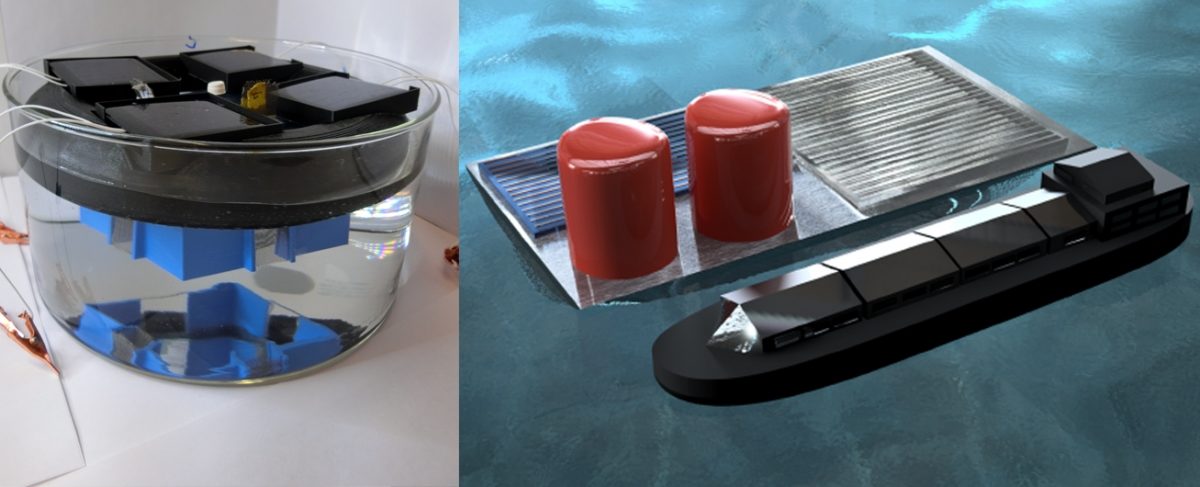A team of researchers has developed a standalone electrolysis device, which can float on open water, and produce hydrogen fuel from water and sunlight.
The device’s key innovation is its method for separating hydrogen from oxygen. Most electrolyzers rely on costly membrane materials to achieve this.
The device developed by Columbia, however, utilizes an electron configuration, which allows for the gases to be separated and collected using only the buoyancy of bubbles in water.
“The simplicity of our PV electrolyzer architecture – without a membrane or pumps – makes our design particularly attractive for its application to seawater electrolysis, thanks to its potential for low cost and higher durability compared to current devices,” says Daniel Esposito, Assistant Professor of Chemical Engineering at Columbia.
“We believe that our prototype is the first demonstration of a practical, membraneless floating PV electroylzer, and that it could inspire large-scale ‘solar fuel rigs’.”
Popular content
The majority of current water electrolyzers are not suitable for seawater, as the membrane is quickly broken down by impurities in the seawater, so Columbia’s device could allow for a new type of offshore generation.
The device, described in the study ‘Floating Membraneless PV-Electrolyzer Based on Buoyancy-Driven Product Separation’, published in the international journal of hydrogen energy, utilizes a novel electrode setup, where asymmetrical electrodes are coated on one side with a catalyst. Bubbles of hydrogen and oxygen appear on the electrode, and float the surface once large enough.
The team now plans to focus in improving the efficiency of the device for operation at sea, and creating a modular design that can be easily scaled up.
This content is protected by copyright and may not be reused. If you want to cooperate with us and would like to reuse some of our content, please contact: editors@pv-magazine.com.



Nice. Note that any scheme involving floating structures can easily be extended with rafts for artificial kelp forests, one if the more promising ideas for carbon removal (you just tip the biomass onto the deep ocean floor, where it cycles over thousands of years).